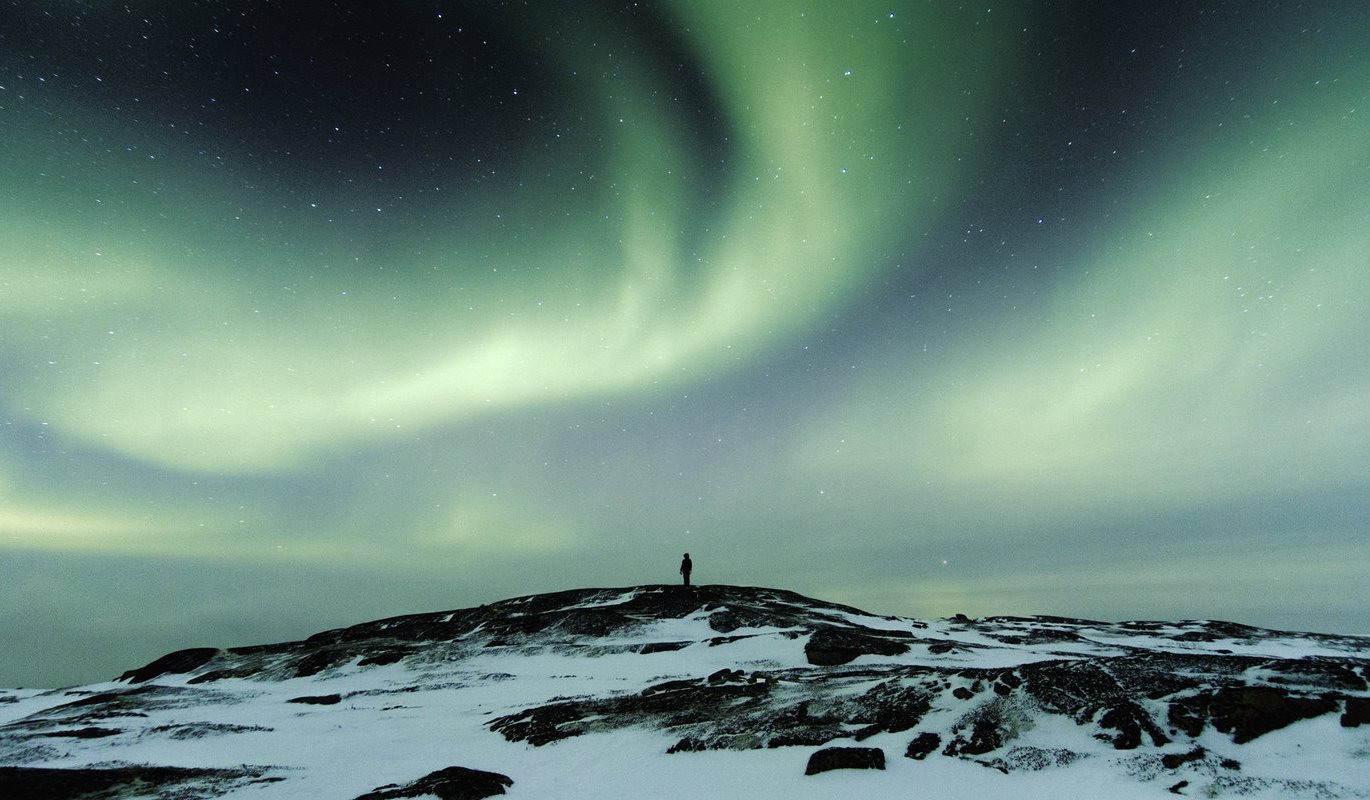Aurora Borealis Quick Facts
A Northern Light Show
Aurora borealis used to be a great mystery. What could possibly cause that beautiful display of ethereal coloured light?
To put it simply, scientists now know that the phenomenon is caused by storms on the sun's surface that send charged solar particles to Earth. When these particles hit the Earth's atmosphere, they react. The interaction with oxygen causes the green colour, while nitrogen will create blue or red.

See the Northern Lights for yourself in the Jasper Dark Sky Preserve at the Dark Sky Festival this October!
What's an a Name?
'Aurora' comes from the latin word for sunrise or dawn, while 'borealis' refers to a north wind. Thus, aurora borealis is the dawn of the north. Aurora australis, on the other hand, refers to the same phenomenon but in the southern hemisphere. The names were first recorded in use by Galileo in 1616.
Now That's a View!
Astronauts on board the International Space Station are at the same altitude as the auroras and can see them from the side instead of from beneath like the rest of us.
Not Just an Earthly Delight
Auroras aren't unique to Earth. They occur on other planets in the Milky Way like Jupiter, Saturn, Uranus, Neptune and Mars.
That's Dedication
Scientists have been studying the Northern Lights in Canada for longer than we've been a country... over 170 years!

A Pretty Picture
In 1986, Canada launched its first UVAI (ultra-violet imager) into orbit. This tool provided Canada with our first photographs of the full aurora region.

Want to See the Aurora Borealis Clearly
Sure, you can sometimes get an okay view of them from the city, but there's nothing better than seeing them in a true dark sky.
Join space author and astronomy magazine columnist Peter McMahon and the Jasper Planetarium's experienced astronomy guides at one of the Aurora Borealis skygazing events on October 8, October 19, October 22, or October 29th.
Thanks to Canadian Geographic, Science Kids, The Conversation, and Space.com for the Aurora Borealis facts!











